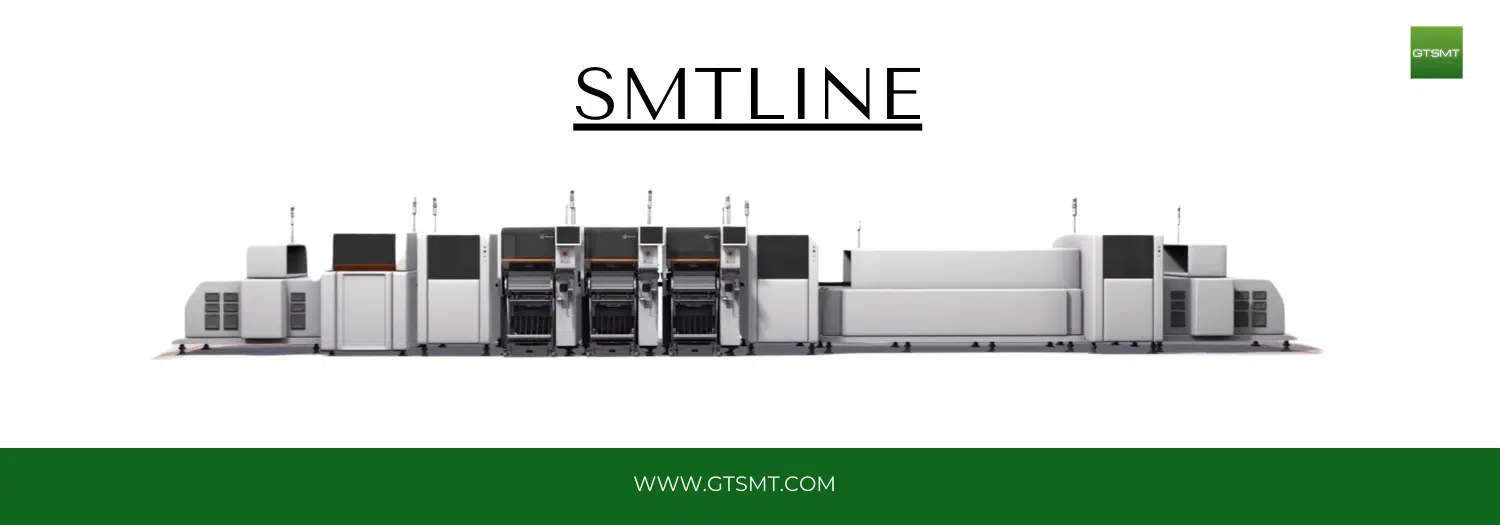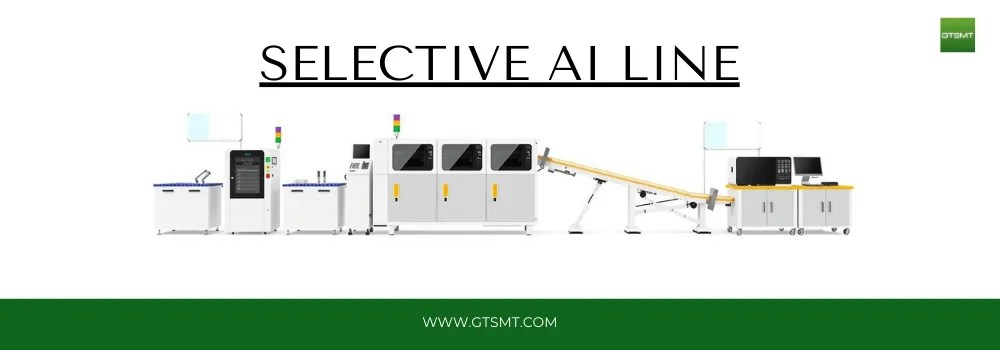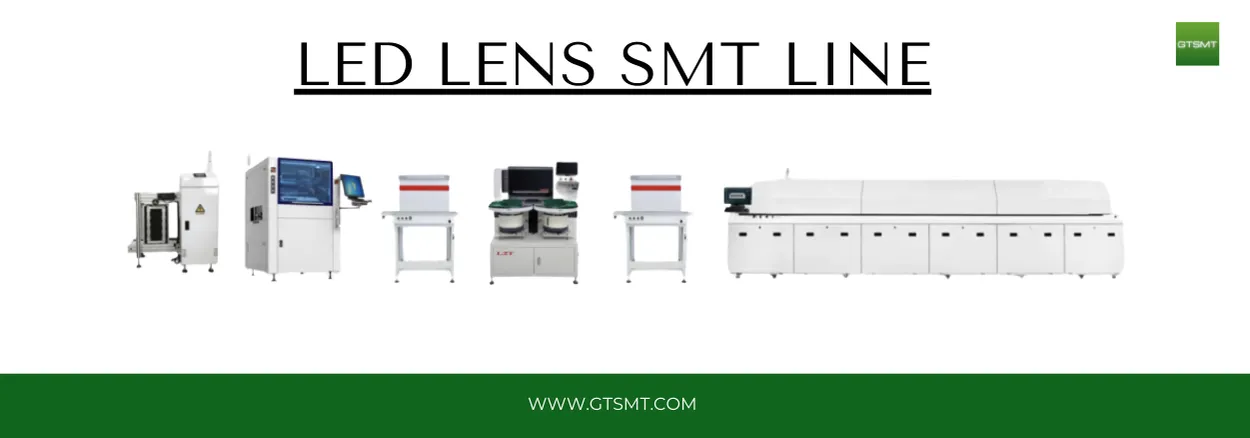SMT Line Setup Guide: Costs, Equipment & Best Practices Explained 2025
Have you ever wondered how your smartphone or laptop was assembled? At the heart of modern electronics manufacturing lies something called an SMT line. Think of it as a high-tech assembly line that puts together electronic components faster than you can blink! Let’s break down everything you need to know about SMT lines in simple terms.
Understanding SMT Line Basics
An SMT (Surface Mount Technology) line is like a super-smart factory line that automatically places tiny electronic components onto circuit boards. Imagine building a LEGO set, but instead of placing pieces by hand, you have robots doing it perfectly thousands of times per hour! These production lines are what make it possible to build all our modern electronic devices, from smartphones to smart TVs.
How Does an SMT Line Work?
The process is similar to making a sandwich, but with electronic components:
- First, the bare circuit board (PCB) enters the line
- Special machinery applies solder paste (think of it as electronic glue)
- Robots pick and place components in exact positions
- The board goes through an oven to permanently attach everything
- Quality checks ensure everything works perfectly
Essential Equipment for Setting Up an SMT Line
Setting up an SMT line requires several key pieces of equipment, each serving a specific purpose:
1. Solder Paste Printer
- Works like a precise stencil printer
- Applies tiny dots of solder paste exactly where needed
- Usually costs between $30,000 to $100,000
2. Pick and Place Machine
- The star of the show
- Places components at incredible speeds (up to 60,000 parts per hour)
- Costs range from $50,000 to $500,000 depending on speed and features
3. Reflow Oven
- Melts solder paste to permanently attach components
- Uses precise temperature control
- Typically costs $20,000 to $80,000
4. Inspection Equipment
- Automated Optical Inspection (AOI) machines
- X-ray inspection systems for complex components
- Combined cost: $30,000 to $150,000
5. Conveyor Systems
- Connect all machines together
- Include board handling equipment
- Cost: $10,000 to $30,000
Total Cost Analysis: Setting Up an SMT Line
Understanding the investment needed for an SMT line is crucial for planning:
Basic Setup (Entry Level)
- Total cost: $150,000 – $300,000
- Suitable for: Small production runs
- Production capacity: 2,000-5,000 components per hour
Mid-Range Setup
- Total cost: $300,000 – $800,000
- Suitable for: Medium production volumes
- Production capacity: 20,000-40,000 components per hour
High-End Setup
- Total cost: $800,000 – $3,000,000+
- Suitable for: High-volume production
- Production capacity: 60,000+ components per hour
Additional Costs to Consider
- Facility modifications: $50,000 – $200,000
- Training staff: $10,000 – $30,000
- Maintenance contracts: 5-10% of equipment cost annually
- Component storage systems: $20,000 – $100,000
How SMT Lines Improve Production Efficiency
Speed Advantages
- Can place thousands of components per hour
- Reduces production time by up to 90% compared to manual assembly
- Allows for 24/7 operation
Quality Improvements
- Consistent placement accuracy (down to 0.02mm)
- Reduced human error
- Built-in quality checks at each stage
Cost Benefits
- Lower labor costs per unit
- Reduced material waste
- Fewer defects means less rework
Production Flexibility
- Quick changeover between different products
- Handles various component sizes
- Easy to upgrade or modify
Common Challenges When Setting Up an SMT Line
1. Technical Challenges
- Complex machine programming requirements
- Need for precise temperature control
- Component alignment issues
Solutions:
- Invest in proper training
- Use professional installation services
- Implement regular maintenance schedules
2. Operational Challenges
- Finding skilled operators
- Managing component inventory
- Maintaining consistent quality
Solutions:
- Develop comprehensive training programs
- Implement inventory management systems
- Establish quality control procedures
3. Financial Challenges
- High initial investment
- Ongoing maintenance costs
- Return on investment timing
Solutions:
- Consider leasing options
- Start with essential equipment
- Plan for gradual expansion
Tips for Success with Your SMT Line
- Start with Proper Planning
- Research thoroughly before purchasing
- Consider future growth needs
- Get multiple quotes from vendors
- Focus on Training
- Invest in operator training
- Maintain documentation
- Build internal expertise
- Maintain Quality Standards
- Implement quality control processes
- Regular calibration and maintenance
- Keep detailed production records
- Optimize Your Layout
- Plan efficient workflow
- Consider environmental controls
- Allow for future expansion
Conclusion
Setting up an SMT line is a significant investment that can transform your electronics manufacturing capabilities. While the initial costs and challenges may seem daunting, the benefits of increased production efficiency, improved quality, and reduced labor costs make it a worthwhile investment for many businesses.
Remember to:
- Plan carefully and thoroughly
- Consider your specific production needs
- Invest in training and maintenance
- Start with essential equipment and expand as needed
With proper planning and implementation, an SMT line can significantly enhance your manufacturing capabilities and help your business grow in the electronics manufacturing sector.

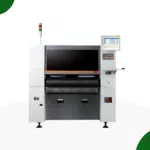 Pick and Place
Pick and Place
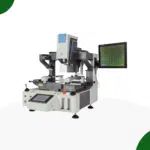 Rework Station
Rework Station
 Solder Paste Printers
Solder Paste Printers
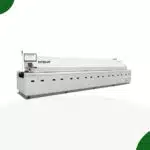 Reflow Ovens
Reflow Ovens
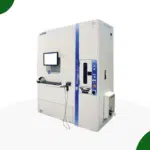 Reel Storage System
Reel Storage System
 AOI & SPI INSPECTION
AOI & SPI INSPECTION
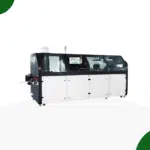 Soldering Machines
Soldering Machines
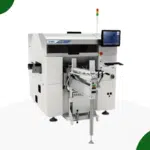 Insertion Machine
Insertion Machine
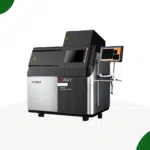 X-ray inspection
X-ray inspection
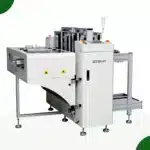 PCB Handeling
PCB Handeling
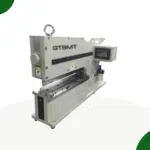 Depaneling Machine
Depaneling Machine
